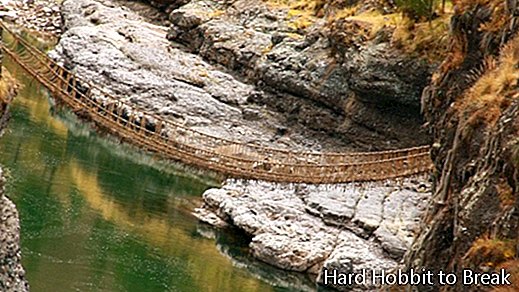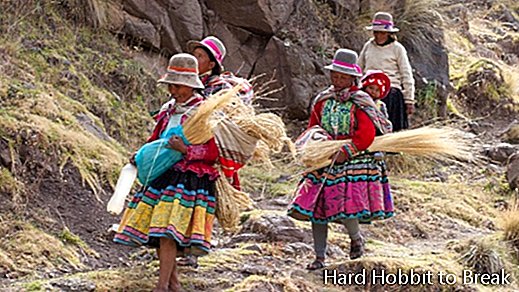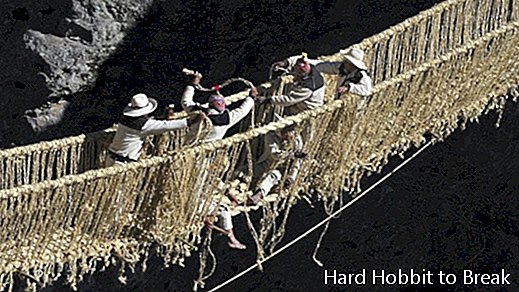
There is bridges surprising for its height, such as the Beipanjiang, the highest bridge in the world; others because they are a true jewel of engineering, such as the Bridge of the Constitution of 1812 in Cádiz; and others for its beauty, such as the bridges of Europe that we showed you a while ago. The one that we are going to show you below not only stands out aesthetically, but because it is renewed every year through a curious rite that comes from the Inca period.
We are referring to Q’eswachaka, a suspension bridge made with vegetable fiber that is located on the Apurímac River, in the province of Canas, in the department of Cuzco, in southern Peru. Would you like to discover more details? Well you know what you have to do! Do not miss anything we tell you below!
Since Inca times
The Peruvian bridge that we show you today surprises due to multiple factors. One of them is that it has existed since the Inca or Inca era, which flourished in the Andean zone of the subcontinent between the XV and XVI centuries, covering about 2 million square kilometers between the jungle Amazon and the Pacific Ocean. Also noteworthy is the fact that it is renewed annually, especially since its maintenance is carried out through a curious rite performed by communities of Winch’iri, Chaupibanda, Ccollana Quehue and Perccaro.

The renewal ritual
As we were saying, this bridge is renewed every year by different Quechua peasant communities. They do it using raw materials and techniques traditional that come from the Inca period. And do not think that the work they do annually only serves to keep this means of communication in good condition, but rather that it helps communities to strengthen ties between them. Furthermore, the bridge is considered a sacred symbol of the link that unites these communities with nature, its history and traditions. For this reason, renewal is linked to ritual ceremonies.

As they explain from the UNESCO website, the bridge renovation lasts three days and begins by cutting straw and braiding it into six ropes of about 70 meters long that serve as a framework for the bridge. Families apparently carry out this work under the supervision of two master builders. The next step is to tie the ropes to the old stone bases found in the gorge. Then, two master weavers direct and effect the weaving of the bridge string advancing from both ends. When the job is done, the communities celebrate with a party. The ceremony begins every second Sunday in June.

The bridge
The Q’eswachaka Bridge is about 28 meters long and 1.2 meters wide, and it is made of vegetable fiber, a type of straw from the highlands known as ichu. On the other hand, it is important to note that it is located 50 meters high. One of the most surprising things is that the bridge is better able to withstand earthquakes than colonial stone bridges. The bridge is an obligatory passage of the Qhapaq Ñam, a network of roads that the Incas made to unite all of Tahuantisuyo. How could it be otherwise, UNESCO has included this bridge in the list of Intangible Cultural Heritage of Humanity. The problem is that little by little less men participate due to the entrance of other beliefs in the community. Then we leave you with our Gallery, where you will find more images of this curious bridge located in Peru. Do not miss it!
Q`ESWACHAKA, THE LAST INCA BRIDGE (April 2024)
- bridges
- 1,230
















